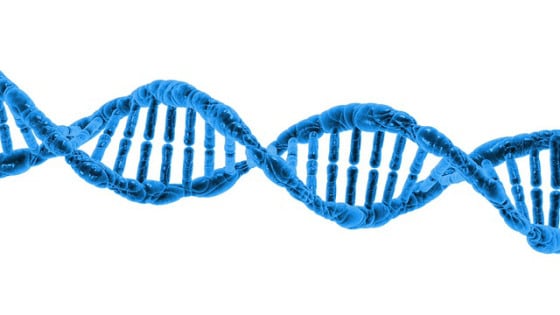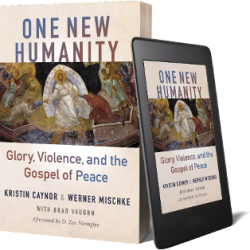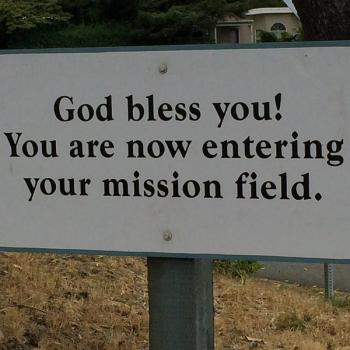There is a difference between using stories to teach the Bible and preaching the gospel as a story. It’s the second option that makes interpretation possible for oral peoples. As Christians, what kind of story are we telling?

Richard Hays, in his book The Faith of Jesus Christ and elsewhere, argues that Paul’s theology had a “narrative substructure.” In other words, Paul was not the systematic theologian, as many have often treated him. Rather, he was retelling via interpretation the grand narrative of Scripture. Within Paul’s narrative theology were both constant and contingent parts.
I’m not simply talking about primary and secondary doctrines. A “doctrine” in one sense should simply be the result of our faithfully reading the Scripture story in context. One of the reasons people are so intimidated by the Bible, theology, and even sharing the gospel is that they see it as a collection of complex doctrinal statements that are systematically held together the way a university philosopher balances logic, an obtuse vocabulary, and personal hygiene. (To clarify, I have an M.A. in philosophy. I love philosophers.)
By the way, everything I’m saying in this post assumes the previous posts, which is are essential set up for my points here. (For part one, click here.)
If we do not teach oral people a broad and comprehensive biblical story, they cannot interpret the Bible since they will have in their mind a “Bible” that reflects a “canon within a canon.” In a sense, the missionary has reduced the entire Bible to a few ideas in select set of books. That is, if they learn the biblical story through the lens of systematic theology (where we have rigged the telling to point to one or two particular doctrines), their “interpretation” will be largely predetermined and unbalanced.
Consequently, oral peoples will have no ability to correct the missionary.
Our goal for oral people cannot simply be that they have good doctrines. Rather, we want them to be good interpreters. This is about DNA. To do otherwise grants the missionary too much authority over Scripture since the people don’t have a broad enough perspective to question particular interpretations asserted by the missionary. Interpretation requires context. Context is King.
Interpretation requires context. Context is King.
Oral peoples gain this context only when the Bible is taught in a balanced fashion, starting from a few broad primary points, retaught in layers with greater specificity. See the previous posts for more on each point. I have suggested we teach the grand narrative in 5-6 points. We could also teach the life, death, resurrection, and return of Jesus on the way to recounting the whole grand story. This does not to minimize Jesus. Rather, this may be a way of making him primary (by virtue of order) about whom the bigger context makes sense.
Notice what I did not say. I did not say focus on his death. I said “life, death, resurrection, and return of Jesus.” This is exactly what we get in the four “Gospels.” Don’t forget Mark explicitly calls his narrative the “gospel.”
We mustn’t lose sight of our present and long-term goal––enabling them to exegete (interpret Scripture) for themselves, even though they cannot read the book itself.
We need to equip oral peoples to take any new information they hear and know where to place it within the entire narrative of Scripture. They need a kind of story map that tells them where the pillars are, where the hallways are, what does someone do in one room but not in another, etc.
For the love of the gospel among oral peoples, we desperately need training in biblical theology. Biblical theology reflects the diverse themes of Scripture that demonstrates the unity of Bible.
Contextualization begins with interpretation. It is the missionary to catalyzes contextualization; however, local people are uniquely equipped to develop contextualizations most fully. This will only be possible when they get the whole story.
Photo Credit (DNA): Pixabay/PublicDomainPictures
Related articles
- Are Missionaries Ashamed of the Language of Paul’s Gospel? (www.patheos.com/blogs/jacksonwu)













